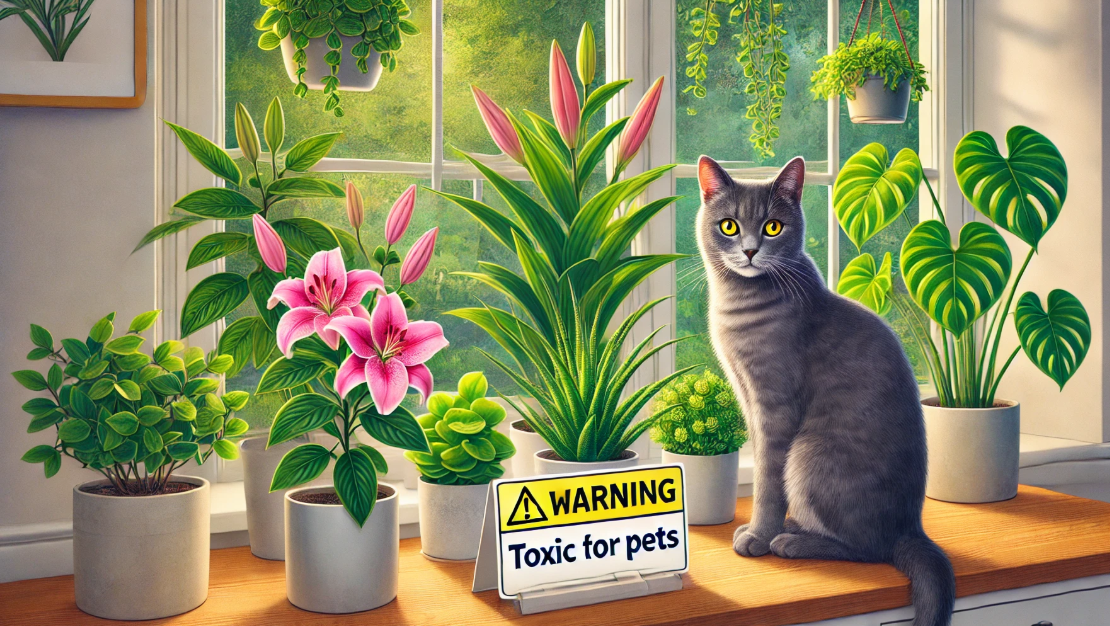
Dangerous Greenery: What Plants Are Toxic to Cats and Other Pets?
Plants can liven up our homes and bring a hint of nature indoors. However, as lovely as they’re, now not all flora are safe for our furry buddies.
Table of Contents
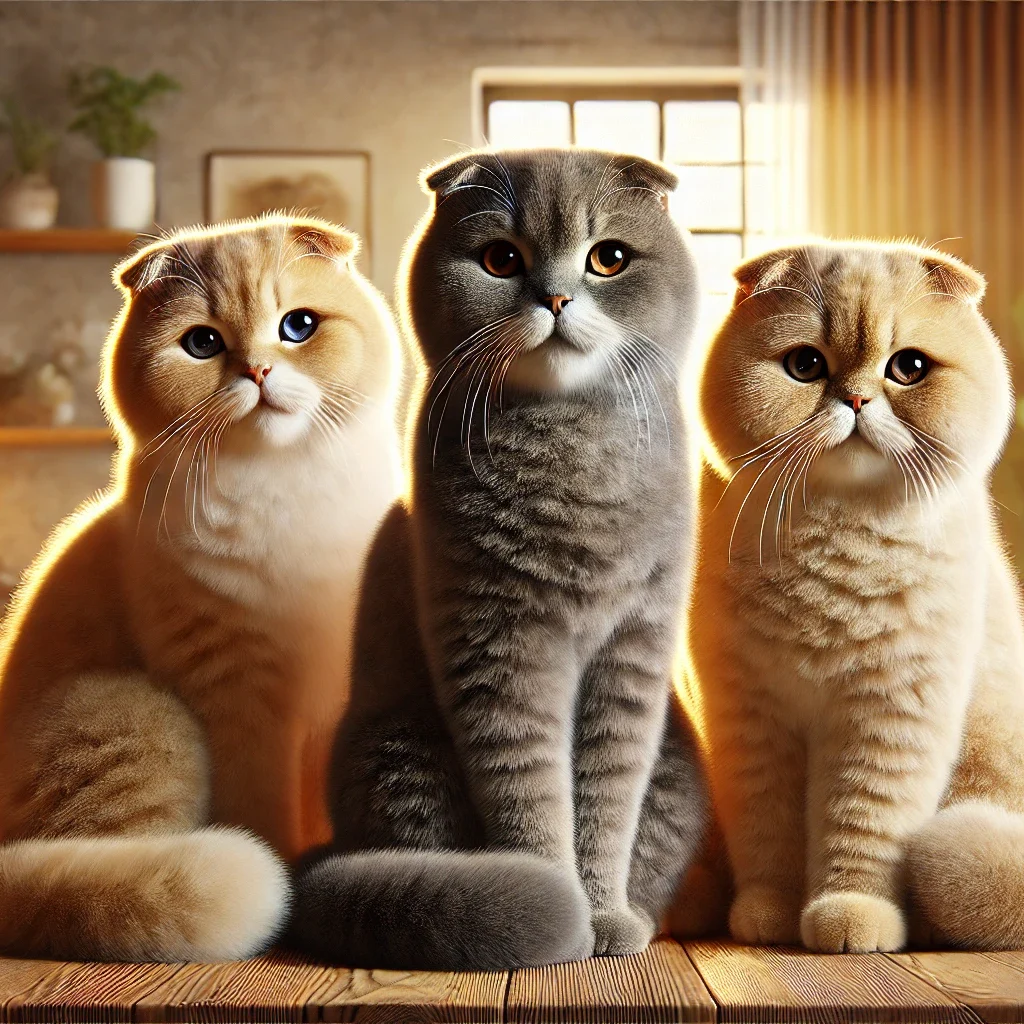
Many commonplace family and lawn plant life are toxic to cats, dogs, and other pets, probably causing extreme health issues if ingested. In this article, we’ll explore which plant life to keep out of reach and offer helpful insights to hold your pets secure.
Common Houseplants Toxic to Cats and Other Pets
Houseplants are a popular addition to homes, however some can pose a tremendous hazard to pets.
Peace Lily (Spathiphyllum)
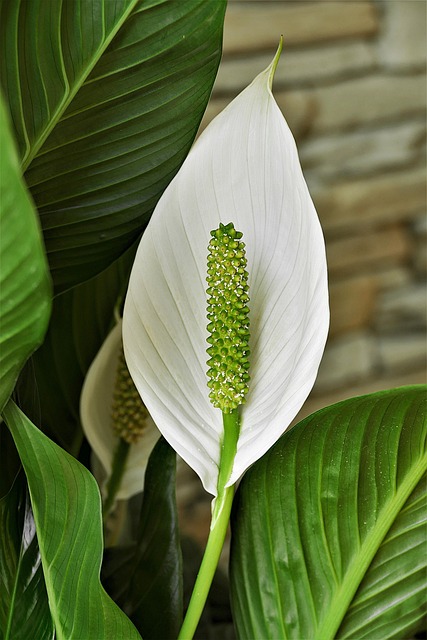
Peace lilies are favourite for their fashionable white blooms and occasional-protection nature. However, they include calcium oxalate crystals which can worsen a pet’s mouth, throat, and digestive machine.
Symptoms of Peace Lily Toxicity
If a cat or canine ingests peace lily leaves or flora, they’ll showcase symptoms which include immoderate drooling, pawing on the mouth, vomiting, and trouble swallowing. In extreme instances, respiration issues may also broaden.
Treatment and Prevention
If you suspect your pet has ingested a peace lily, contact your veterinarian right away. Prevent access by using placing the plant in hanging baskets or choosing non-toxic alternatives.
Philodendron
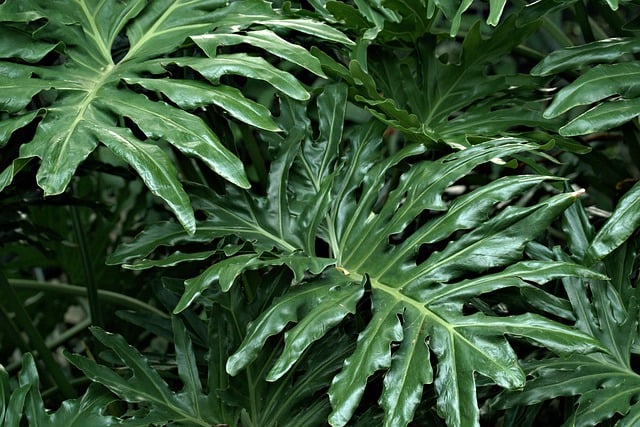
Philodendrons are preferred for his or her lush, vibrant foliage, but additionally they comprise calcium oxalate crystals.
Symptoms of Philodendron Ingestion
Pets may additionally experience oral irritation, severe burning sensations, swelling of the mouth and tongue, and vomiting.
Treatment and Prevention
Immediate veterinary care is essential. Keep philodendrons in puppy-loose zones or switch to more secure flowers.
Outdoor Plants Harmful to Pets
Many outdoor flowers also can be risky to cats and other animals.
Oleander
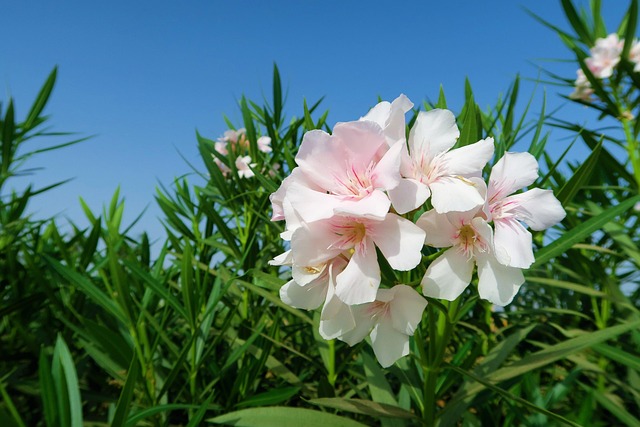
Oleander is a stunning but pretty poisonous plant determined in gardens.
Symptoms of Oleander Poisoning
Symptoms encompass drooling, vomiting, abnormal heartbeat, and even seizures.
Treatment and Prevention
Oleander poisoning requires urgent veterinary care. Avoid planting oleander in pet-on hand regions.
Sago Palm
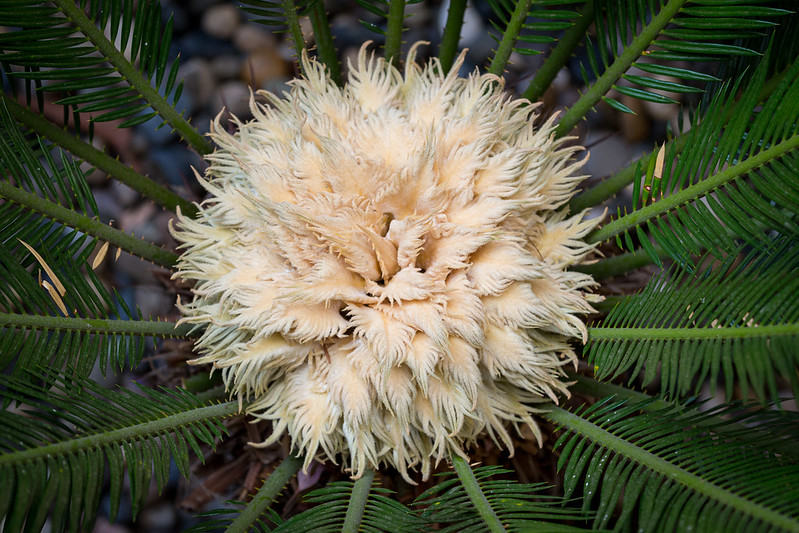
Sago fingers are placing but notably poisonous to pets.
Symptoms of Sago Palm Toxicity
Ingestion can lead to vomiting, diarrhea, liver failure, or even loss of life.
Treatment and Prevention
Seek emergency treatment if ingestion is suspected. Remove sago hands from your property if you have pets.
Seasonal Flowers and Plants to Avoid
Festive flowers can add cheer to your property, but some are risky to pets.
Poinsettia
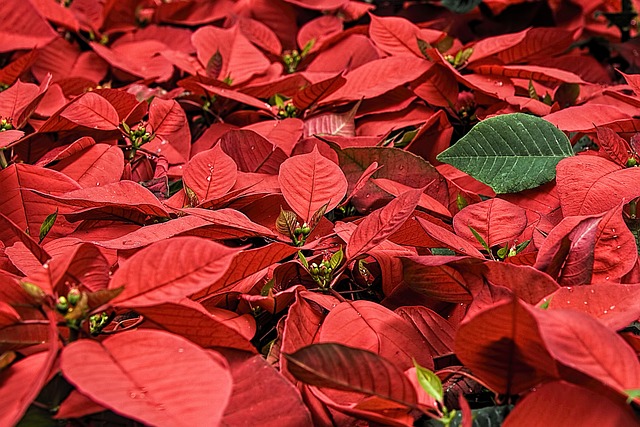
Often related to Christmas, poinsettias contain a milky sap that may cause mild irritation.
Symptoms of Poinsettia Ingestion
Pets may experience drooling, slight vomiting, and skin infection.
Treatment and Prevention
Rinse the mouth and skin with water if touch takes place. Opt for puppy-secure vacation decorations.
Easter Lily
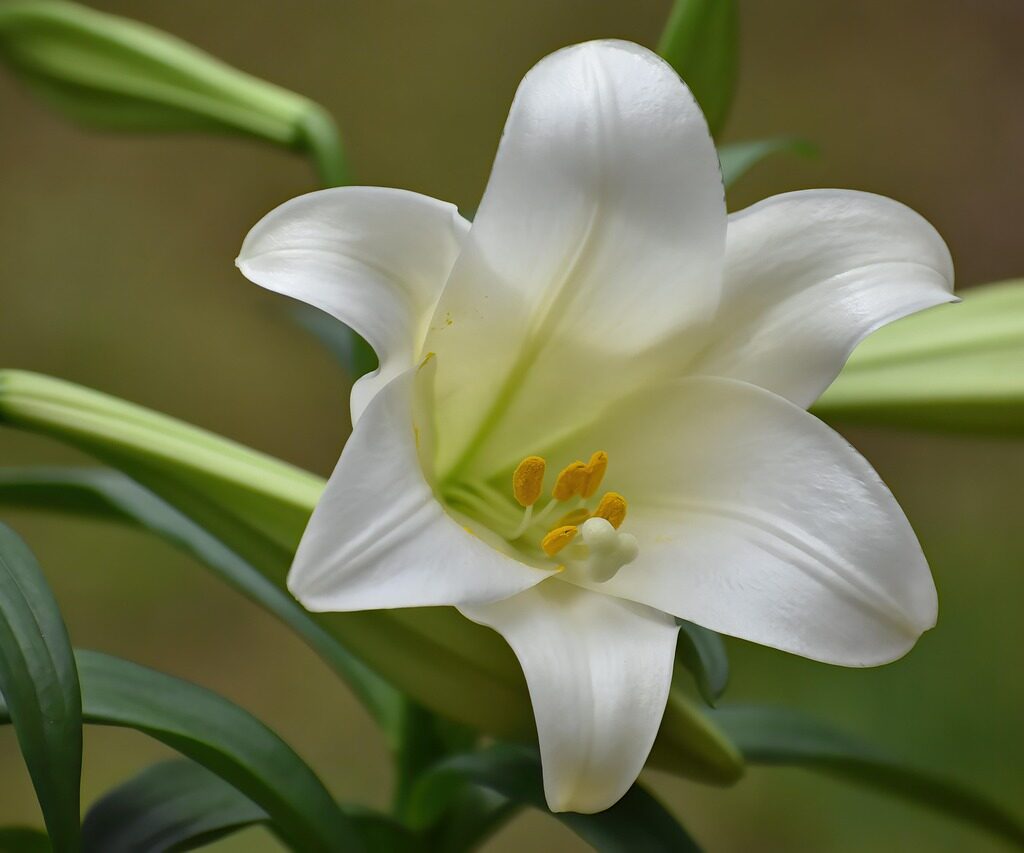
Easter lilies are in particular poisonous to cats.
Symptoms of Easter Lily Poisoning
Even small quantities can reason vomiting, lethargy, and kidney failure.
Treatment and Prevention
Immediate veterinary care is essential. Avoid keeping Easter lilies in homes with cats.
Q&A Section
Q1: Are all succulents safe for pets?
Not all succulents are secure. Some, like jade plant life and aloe vera, can be toxic. Always studies before including succulents to your collection.
Q2: What ought to I do if my cat eats a toxic plant?
Contact your veterinarian immediately. Provide details about the plant and any symptoms your cat is experiencing.
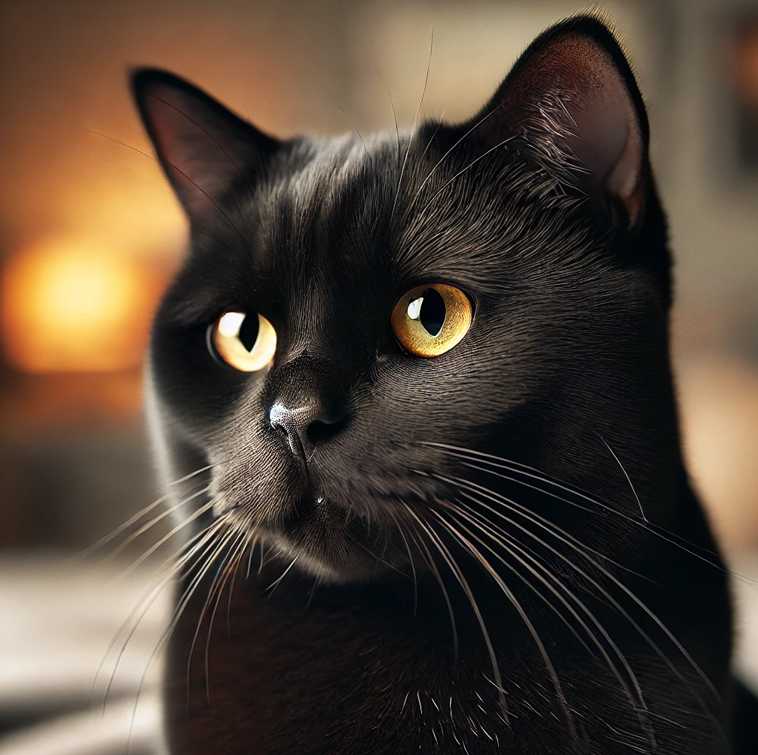
Q3: Are there any puppy-safe options to lilies?
Yes, orchids, roses, and sunflowers are stunning, non-toxic alternatives.
Q4: Can dogs and cats react differently to the equal poisonous plant?
Yes, some flora may additionally affect one species more critically than the alternative. Always err at the facet of caution.
Q5: How can I create a puppy-secure garden?
Choose non-poisonous flora, deploy obstacles, and supervise your pets outside.
Conclusion
Keeping your pets safe way being vigilant about the vegetation you convey into your private home and lawn. By understanding which plant life are poisonous and a way to reply in case of ingestion, you may create a puppy-pleasant environment full of splendor and peace of mind.
Opt for non-poisonous alternatives and constantly consult your veterinarian if you suspect plant poisoning. Your furry companions will thank you for it.



3 thoughts on “Dangerous Greenery: What Plants Are Toxic to Cats and Other Pets?”